When you're considering buying a home in Queensland, understanding your borrowing capacity forms the foundation of your home loan application. Your borrowing capacity determines the maximum loan amount lenders will approve based on your financial situation, and this figure directly influences your property purchase decisions.
What Is Borrowing Capacity?
Borrowing capacity refers to the maximum amount banks and lenders will loan you for purchasing property. This calculation considers multiple factors including your income, expenses, existing debts, and the loan to value ratio (LVR) of your intended purchase. Home Finance & Mortgage Brokers like CFC Finance can access Home Loan options from banks and lenders across Australia to help you understand these calculations.
Lenders typically assess your capacity using a debt-to-income ratio, ensuring your monthly repayments remain manageable alongside your other financial commitments. The application process involves detailed scrutiny of your bank statements and financial records to verify your capacity claims.
Key Factors Affecting Your Borrowing Capacity
Income Assessment
Lenders examine your gross income from all sources, including:
• Salary or wages
• Rental income from investment properties
• Business income (if self-employed)
• Other regular income streams
For calculating home loan repayments, lenders often use a higher interest rate than current market rates to ensure you can manage payments if rates increase.
Expense Evaluation
Your monthly expenses significantly impact borrowing capacity. Lenders review:
• Living expenses and household costs
• Existing loan repayments
• Credit card limits (even if not fully utilised)
• Insurance premiums and other regular commitments
Deposit and LVR Considerations
The loan to value ratio plays a crucial role in determining your borrowing capacity. With a larger deposit:
• You may avoid lenders mortgage insurance (LMI)
• Access potentially lower interest rates
• Increase your overall borrowing power
Most lenders require LVR below 80% to avoid LMI, though some Home Loan options allow higher ratios with insurance coverage.
Interest Rate Impact on Borrowing Capacity
Interest rates directly affect your borrowing capacity calculations. Whether you choose a variable interest rate or fixed interest rate home loan, lenders assess your ability to service the debt at higher rates than current offerings.
Variable Home Loan Rates
Variable interest rates fluctuate with market conditions. When applying for a home loan with variable rates, lenders typically add a buffer of 2-3% above current rates when calculating your capacity.
Fixed Interest Rate Options
Fixed interest rate home loans provide payment certainty during the fixed period. However, lenders still apply serviceability buffers when determining your borrowing capacity, considering what happens when the fixed rate period expires.
Maximising Your Borrowing Capacity
Reduce Existing Debts
Paying down credit cards and personal loans before your Home Loan application can significantly increase your borrowing capacity. Even unused credit card limits affect calculations, so consider closing unnecessary accounts.
Utilise Home Equity
If you already own property, existing home equity can boost your borrowing capacity for additional purchases or refinancing arrangements.
Consider Offset Accounts
An offset account can reduce the interest you pay on your home loan interest rate calculations, potentially improving your overall financial position and future borrowing capacity.
Getting Pre-Approved
Home Loan pre-approval provides clarity about your borrowing capacity before you start seriously looking at properties. The streamlined application process for pre-approval involves submitting financial documentation to get pre-approved for a specific loan amount.
Pre-approval offers several advantages:
• Confidence when making property offers
• Understanding of your price range
• Faster settlement when you find the right property
• Potential access to interest rate discounts
Queensland Property Market Considerations
The Queensland property market presents unique opportunities and challenges. Stamp duty costs vary depending on property value and your circumstances, affecting your overall purchasing capacity. First home buyers may access concessions that improve their effective borrowing position.
When calculating your borrowing capacity, factor in additional costs beyond the loan amount:
• Stamp duty
• Legal fees
• Building and pest inspections
• Loan establishment costs
Working with Professional Mortgage Brokers
Experienced mortgage brokers understand how different lenders calculate borrowing capacity and can identify which institutions might offer you the highest loan amount. They have access to various Home Loan Rates across multiple lenders, potentially finding options not directly available to individual applicants.
Brokers can also advise on structuring your finances to optimise borrowing capacity, whether through debt consolidation, income packaging, or choosing appropriate loan features.
Understanding your borrowing capacity empowers you to make informed decisions about property purchases and loan structures. Whether you're a first home buyer or experienced investor, professional guidance ensures you maximise your borrowing potential while maintaining financial stability.
Call one of our team or book an appointment at a time that works for you to discuss your borrowing capacity and explore suitable Home Loan options for your circumstances.



